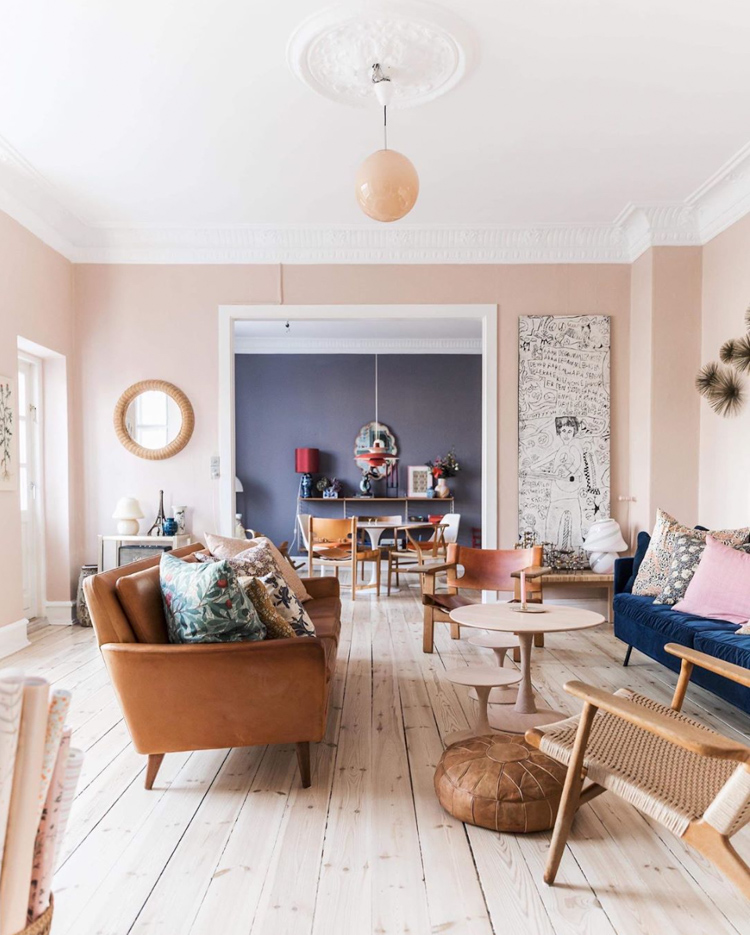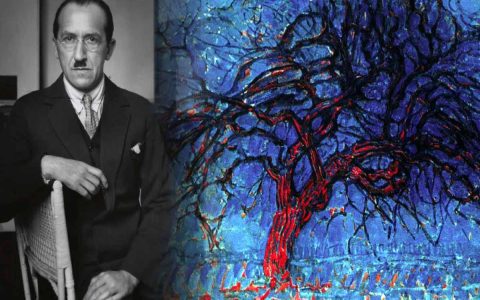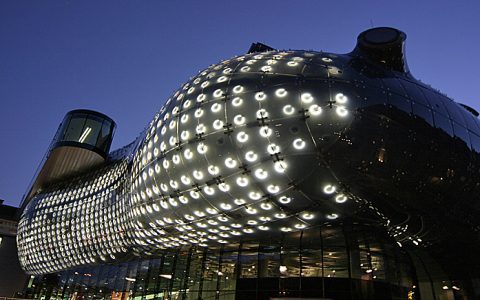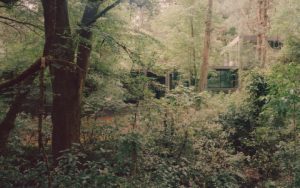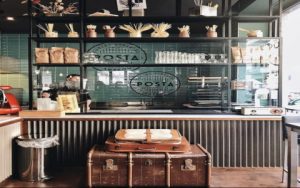Danish homes epitomize simplicity, functionality, and a profound connection to light and nature. Rooted in the concept of "hygge" (coziness and contentment) and modernist principles, they prioritize quality of life.
Core Design Principles
- Minimalism & Clarity: Clean lines, uncluttered spaces, and a focus on essential, high-quality furniture define interiors. Decoration is subtle and meaningful.
- Maximizing Light: Large windows, often floor-to-ceiling, are paramount. Light colors (whites, grays, soft pastels) on walls and floors enhance natural light diffusion. Well-placed mirrors amplify this effect.
- Connection to Nature: Generous glazing provides views of outdoors. Use of natural materials (wood, stone, wool, linen) creates warmth and texture, bridging indoor and outdoor spaces. Integration of terraces or courtyards is common.
- Functional Layout: Practicality reigns. Spaces are designed for daily life, often favoring open-plan living areas that foster togetherness while maintaining distinct zones. Clever built-in storage is ubiquitous.
Materials & Aesthetics
Light-toned woods like oak and pine are favored for floors, furniture, and detailing, creating warmth against neutral backdrops. Textiles are crucial for hygge: think chunky knit throws, sheepskins, and heavy linen curtains in natural hues. Functional yet aesthetically pleasing design objects are common.
Sustainability & Innovation
- Energy Efficiency: Stringent building regulations mandate high insulation standards (roofs, walls, triple-glazed windows), energy-efficient heating systems (often district heating or heat pumps), and airtight construction.
- Sustainable Materials: Use of renewable, recycled, and locally sourced materials (timber, stone) is standard practice. Low-VOC paints and finishes promote healthy indoor air.
- Renewable Energy Integration: Solar panels are increasingly common, contributing to the home's energy needs.
Distinctive Features
- Hyggekrog: A cozy nook, often by a window, dedicated to relaxation and contemplation.
- Candle Culture: Extensive use of candles (real flame essential for hygge) creates warm, intimate lighting.
- Built-in Kitchens & Storage: Seamless, handle-less cabinetry maximizes space and maintains clean lines.
- Mid-Century Modern Influence: Legacy of Danish design icons visible in furniture choices and open layouts.
- Indoor/Outdoor Flow: Large doors and terraces connect living spaces to gardens or balconies effortlessly.
Urban & Community Living
Danish cities feature innovative housing solutions like mixed-use developments, vibrant courtyard communities ensuring privacy with shared green spaces, and unique co-housing projects ("bofællesskaber") where private homes share communal facilities fostering social interaction.
